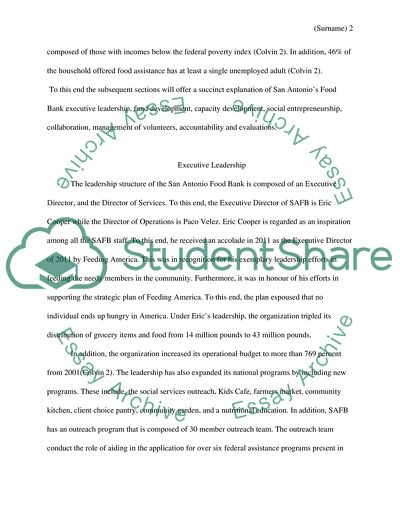Cite this document
(Non-Profit Organization: San Antonio Food Bank Case Study, n.d.)
Non-Profit Organization: San Antonio Food Bank Case Study. Retrieved from https://studentshare.org/finance-accounting/1788608-san-antonio-food-bank-non-profit-organization
Non-Profit Organization: San Antonio Food Bank Case Study. Retrieved from https://studentshare.org/finance-accounting/1788608-san-antonio-food-bank-non-profit-organization
(Non-Profit Organization: San Antonio Food Bank Case Study)
Non-Profit Organization: San Antonio Food Bank Case Study. https://studentshare.org/finance-accounting/1788608-san-antonio-food-bank-non-profit-organization.
Non-Profit Organization: San Antonio Food Bank Case Study. https://studentshare.org/finance-accounting/1788608-san-antonio-food-bank-non-profit-organization.
“Non-Profit Organization: San Antonio Food Bank Case Study”, n.d. https://studentshare.org/finance-accounting/1788608-san-antonio-food-bank-non-profit-organization.


